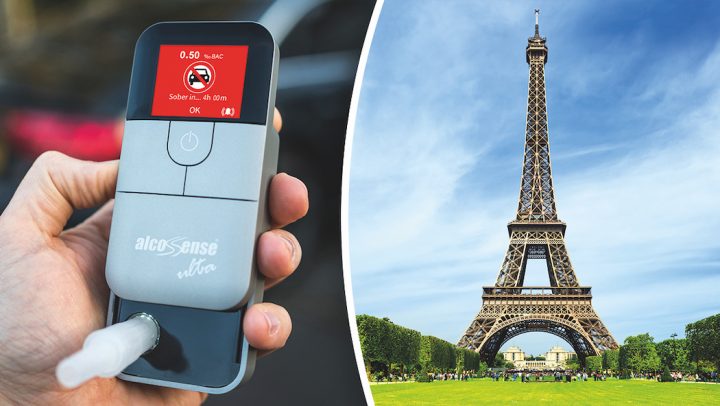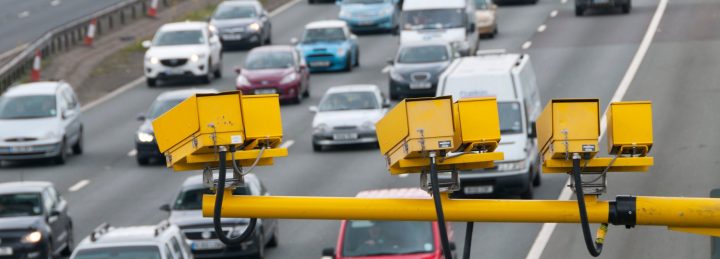The August bank holiday weekend is almost upon us and with it comes the chance to get away for a few days.
However, it is important that motorists stay safe when getting away this bank holiday so National Scrap Car has put together a few tips to help motorists safely get through the bank holiday.
Do the essential checks before setting off
Before setting off on any long journey motorists should always take the time to do the essential checks on their vehicles, particularly if this is their first long trip in a while.
The essential checks include:
- Tyre pressure and condition
- Oil & water levels
- Headlights and brake lights
- Wiper blades & washer fluid level
If you are unsure of your car’s recommended tyre pressure, consult your manual. Similarly, ensure you top up your oil with the recommended for your vehicle to guarantee better engine performance.
Plan your route ahead
It is no secret that fuel costs are extremely high at the moment, which means making sure you have the best route possible planned ahead is essential for fuel consumption and for an easier journey.
But fuel consumption shouldn’t be the only factor considered. Take a look at the different routes to your destination and weigh up the options based on your requirements. For example, if you are someone that requires regular breaks, a route that may be longer but have more service stations along it or opportunities to stop is the best route.
Check your route the day before leaving too to ensure there haven’t been any changes such as road closures that will affect your trip.
Avoid peak travel times
As obvious as it sounds, avoiding peak times is the best way to avoid the bank holiday rush. This may mean sacrificing time in bed and hitting the road early or opting for a late night drive the day before your break.
You can get an idea of when a road is usually busy by using Google Maps. If you type your destination it will let you know how long the route typically takes and will show areas that are usually more congested during your estimated journey time by highlighting them in orange or red.
Stop for regular breaks
Long journeys can be very tiring for motorists, having to be “on” for the whole journey to ensure the safety of those in the car takes its toll. This is why it is important to plan in regular breaks along longer trips.
Stop for food and drink to make sure you are staying hydrated and fed to keep you focused, and if you are planning on leaving later at night to avoid the rush, try and have a nap prior to setting off. Driving tired is very dangerous, particularly if you are planning a short break somewhere rural, as there are likely to be fewer street lights.
Keep the traffic function on your radio
Most vehicles have a traffic function on their entertainment systems that will interrupt bluetooth music and such to give updates. On shorter and every day trips the interruptions can be frustrating but it is important to keep this on for your longer journeys.
Some cars will have map apps that will automatically update to accommodate for any delays or disruptions but having the function on will allow you to be fully informed on your travels.
Have breakdown cover
To avoid being stranded while far away from home, take out breakdown cover.
Breakdown cover is a type of insurance you take out in case your vehicle breaks down. It is extremely useful to have when embarking on longer trips, if you get a flat car battery or a punctured tyre or even more severe faults for example that cause you to get stuck, having breakdown cover will mean that the fault is either fixed at the roadside or you will be recovered with your vehicle and taken somewhere they can fix it or home
You can either purchase breakdown cover as an individual policy, or it can be offered as part of your motor insurance or even bank account. Check what is available and compare, like travel insurance, it is better to have it and not need it than to be without.

Know your limits the night before driving home
|
Bank holidays are synonymous with barbeques and having one too many drinks, however if you are planning to drive you need to be aware of your limits the night before/ day of driving home. It’s around three hours after each drink if you drink one large glass of wine (250ml/three units) or a higher-strength lager, beer or cider (5.2%) before the alcohol leaves your system. The maximum BAC (blood alcohol content) limit in England & Wales is:
The maximum BAC (blood alcohol content) limit in Scotland is:
|
Drink drive limits across Europe are much lower than in England & Wales – making it easier for British motorists to flout local laws when driving abroad this Summer. Data also shows you’re far more likely to be breath tested in the EU, than in the UK. In France, Germany and Spain as well as Scotland the drink drive limit is 0.50 ‰BAC – far lower than the English and Welsh limit of 0.80‰BAC, the joint highest in the developed world. Newly qualified and commercial drivers are subject to even stricter laws in countries such as Italy, Portugal and Greece. In Poland, Sweden and Norway the limit is 0.20 ‰BAC for all drivers – whereas in the Czech Republic, Hungary and Romania it’s literally 0.00 ‰BAC. But British drivers are unaware of these lower limits. In a survey conducted by breathalyser firm AlcoSense, only 17% of respondents could correctly state the drink drive limit in France – despite its popularity as a summer destination. You’re also 20 times more likely to be stopped and breathalysed by Police when motoring in France, where 108 drivers per 1000 population are tested each year. In England and Wales there are just 5 breath tests per 1000 population – twenty times fewer. The figure for Poland is 177 per 1000 population, Hungary is 173 and Austria is 137. In Estonia, an astonishing 566 per 1000 inhabitants are tested every year. |


